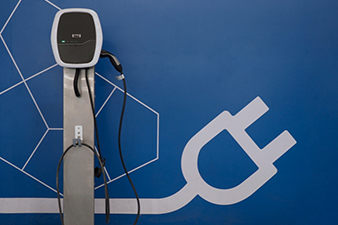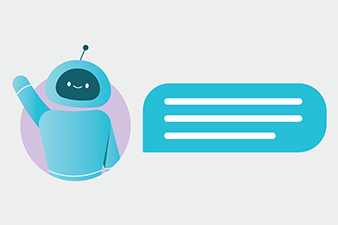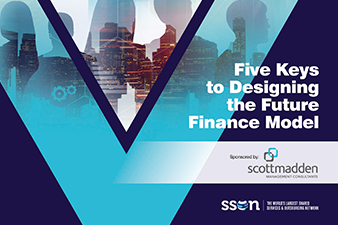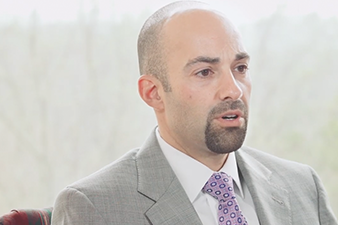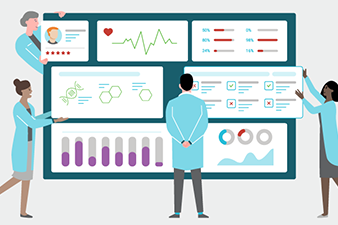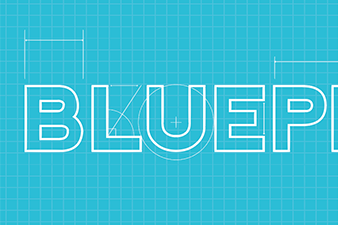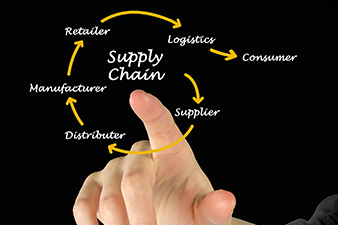
Designing and implementing a new service delivery model for procurement is no small feat. This form of procurement transformation requires sophisticated project management, substantive changes to policies and processes, new designs for organizational structure, robust change management, enabling technologies, and more. Coordinating all of these activities can quickly become messy and overwhelming if it is not carefully planned and orchestrated.
In October 2021, APQC hosted Trey Robinson and John Francis (partners and supply chain co-leads at ScottMadden) for a webinar to discuss leading practices in procurement transformation. As part of this broader conversation, Robinson described how leading organizations make the transition to a new service delivery model for procurement. Robinson’s insights and guidance included:
- inputs for a comprehensive assessment of the current state of procurement,
- how leading organizations split the work of transformation into implementation workstreams, and
- leading practices for service delivery model implementation.
The following provides a summary of the key points from Robinson’s discussion.
Access the complete article series here.
Steps to Assess Your Procurement Performance
As a first step toward procurement transformation, organizations should conduct an assessment that provides a complete view of procurement performance, identifies the highest impact opportunities, and enables executives to pursue a clear path to improve procurement effectiveness and efficiency. Robinson said that this assessment should include the following five inputs.
- Site visits and interviews to help build an understanding of the current state of procurement processes and the customer experience. Interviews provide context around often unknown business constraints and risks.
- A work activity assessment to understand exactly where work is performed, how much work is performed, and who is carrying out the work. These assessments often bring visibility to work that may have gone unnoticed otherwise or surface work that is being performed by employees outside of the procurement function, e.g., administrative assistants who are unofficially purchasing items, legal teams who review contracts, etc.
- A performance metric assessment focused on gathering and tracking key procurement benchmarks. Benchmarking provides a guide to procurement performance and helps identify opportunities for improvement. Robinson cautions that an organization doesn’t necessarily need to strive for top quartile performance on every metric: “It might make sense to be a bit lower than the top quartile in some areas because being at the top can cost money. Based on your objectives and goals, there may be cases where that’s not necessary or appropriate.”
- A customer satisfaction survey to gauge how satisfied internal customers are with the current level of service and to track satisfaction throughout the transformation. Robinson’s experience is that organizations can expect to see a four to five percent drop in customer satisfaction during large, transformational changes, but scores typically rise above pre-transformation levels after the changes are fully implemented.
- Leading practices adoption analysis to explore where the company stands among its peers and competitors in the adoption of leading practices. This analysis should consider the extent to which the practice is carried out as well as its pervasiveness across the enterprise.
How Assessment Results Inform Model Design
An assessment that includes these inputs provides a comprehensive view of current procurement operations that will inform the design of a new model for service delivery. Key findings from the assessment inform the following design activities:
- Stakeholder interviews provide insight into policy and process, organization and staffing, tools and technology, and data and metrics. They also provide insight into the business practices and constraints that impact performance against benchmarks.
- Service placement assessment slots existing procurement activities into a tiered delivery model based on the type of work being performed. Robinson said organizations should try to complete service placement assessment in a workshop setting because it gets more people involved in the process and drives buy-in.
- Policy, process, and procedure alignment enables harmonization to provide a consistent, repeatable experience.
- Data gathering, work activity results, and benchmarks enable tailored organizational design and sizing of the model.
Setting Up Implementation Workstreams
After designing a new model for procurement, a proven approach is to divide the work into a series of workstreams for implementation. Robinson reviewed six typical workstreams for a service delivery model implementation and described the activities that fall under each workstream.
- Planning and project management lasts for the duration of the implementation. This workstream includes the formation of an implementation team, the development of project tools and templates, tracking and reporting on the status of the implementation, and identifying and resolving challenges and risks.
- Policies, procedures, and processes includes taking an inventory of procurement policies, processes, categories, and taxonomies; documenting the current state of procurement; defining requirements for future state processes; and redesigning processes and policies.
- Organization and staffing involves the design of organizational structures for procurement. This workstream focuses on defining procurement jobs, creating job descriptions, planning selection methods, posting jobs, evaluating candidates, and managing transitions in and out of the workforce.
- Communication, change management, and training is a workstream that focuses on assessing the impact of change on stakeholders, building awareness of change through a communication plan, assessing training and education needs, and conducting training and education.
- Technologies includes evaluation of the existing service delivery model and procurement technologies, developing future state requirements, and selecting and implementing technologies. Included in this workstream are functional procurement technologies, service management technologies, and automation technologies.
- If an organization wants to co-locate procurement employees in a new facility, a facilities workstream helps to organize the work of determining requirements for the service center, construction or renovation of facilities, ordering and installing equipment, and developing a business continuity plan.
Placed side by side, these workstreams can appear overwhelming—but Robinson said the picture is not as large as it may appear. These workstreams are distinct but closely integrated, are dependent on one another, and often include overlapping team members. “A good example is for the policy and process workstream—people who design the process are naturally the best ones to help build training because they understand the underlying activities best. Similarly, it’s not uncommon for people who are part of the organization and staffing workstream to also have a role in communication and change management.”
Implementation Road Map
The time it takes to implement a new service delivery model for procurement depends on the size and complexity of the organization. Robinson said that implementation can take 9 to 12 months on the low end or as much as three or four years on the high end. A typical implementation takes between 12 and 18 months.
Figure 1 shows an example of an implementation road map for a large and complex organization. While workstreams like project management and change management occur throughout the entire implementation, others like training or organization and staffing may happen in phases or during specific parts of the implementation. For example, in the early stages, organizations are building their staffing model and perhaps hiring in advance of a pilot or initial launch. Then they tend to hire again as they move toward a phased approach for deployment.
Implementation Roadmap Example
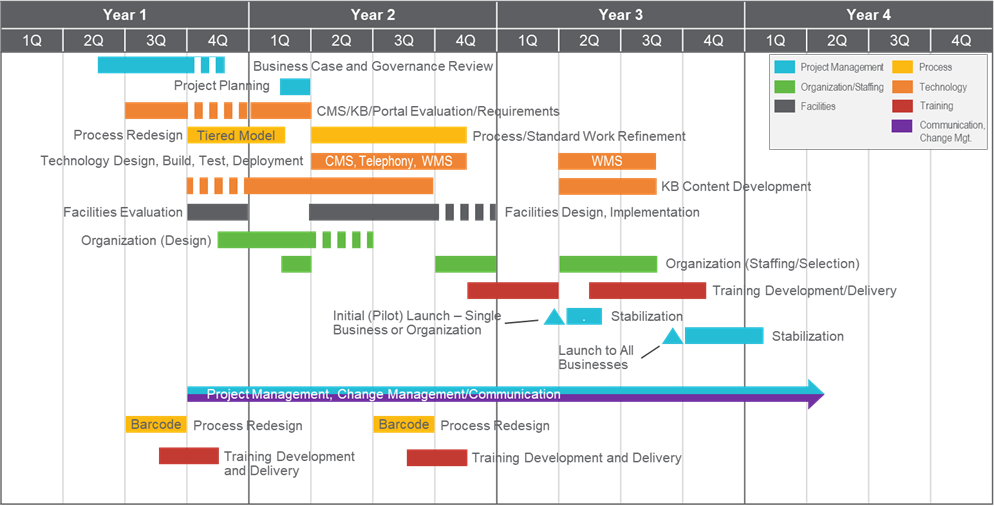
Leading Practices and Hallmarks of Success
Drawing from extensive consulting experience with ScottMadden, Robinson shared several leading practices for implementing a new service delivery model in procurement.
- Involve stakeholders early and often. Identify all stakeholder groups and create detailed plans for each group to ensure adequate communication throughout the transition.
- Make detailed accountabilities clear, by group and role. Define procurement responsibilities by group as part of the creation of a tiered service delivery model. Assign and document individual responsibilities and performance measures at the role level.
- Leverage analytics before, during, and after the transition. Ensure that the assessment fully describes current state procurement metrics and costs to establish a baseline. Provide dashboard reporting for stakeholders to focus their attention on measures of success and other important KPIs after the transition.
- If you are moving to a tiered model, implement and test well-defined tier-escalation criteria. Define use cases for all types of purchases (e.g., PO and non-PO) and document and test procurement handling processes for all use cases at all tiers.
- Aggressively simplify and streamline policies and processes. Review and streamline all procurement-related policies as part of planning for implementation. Organizations should also revise process documents from the user’s perspective and reduce process steps or handoffs wherever possible.
- Treat technology as an enabler—not a silver bullet. Revised processes should leverage technology to simplify work rather than complicate it. Focus on technology dependencies including category taxonomy, inventory data quality, process simplification, training, and knowledge base creation.
Implementation Hallmarks of Success
A procurement service delivery model implementation that leverages the leading practices above will speed adoption of the new model, minimize disruption during the transition, and achieve the benefits and savings outlined in the business case that supported the roadmap. An effective implementation includes the following characteristics as hallmarks of success.
- Communications throughout the implementation are frequent and transparent, leading to a “no surprises” transition.
- Results can be seen soon after launch (e.g., reduced cycle times for invoice processing, reduction in hand-offs within procurement processes).
- Adoption and use of technology increases rapidly due to awareness of the changes, increased functionality, and improved online support.
- Stakeholders understand the process and system changes that are coming and know who to contact for purchasing assistance.
- Procurement staff have clearly defined roles and responsibilities.
- Reporting and analytics provide transparency into purchasing status and spend.
- Data quality issues and knowledge base content availability are addressed during implementation planning and support a successful launch.
- Suppliers are aware of the transition and benefit from reduced transaction costs and improved efficiency.





















